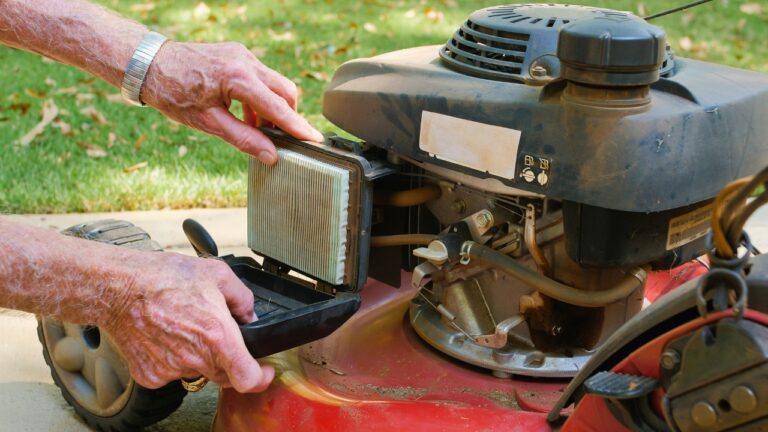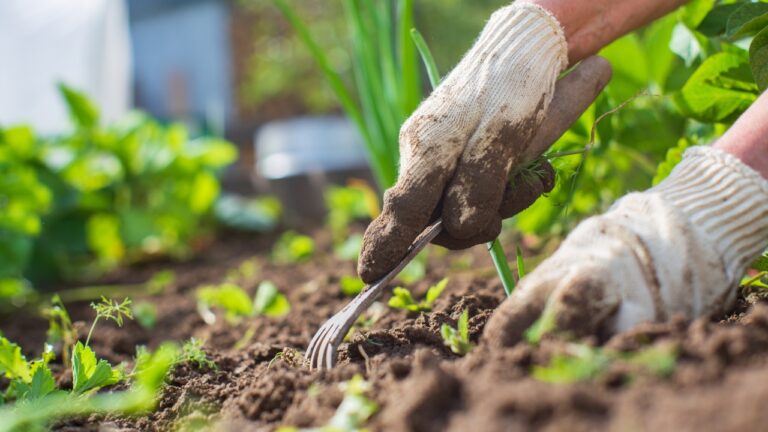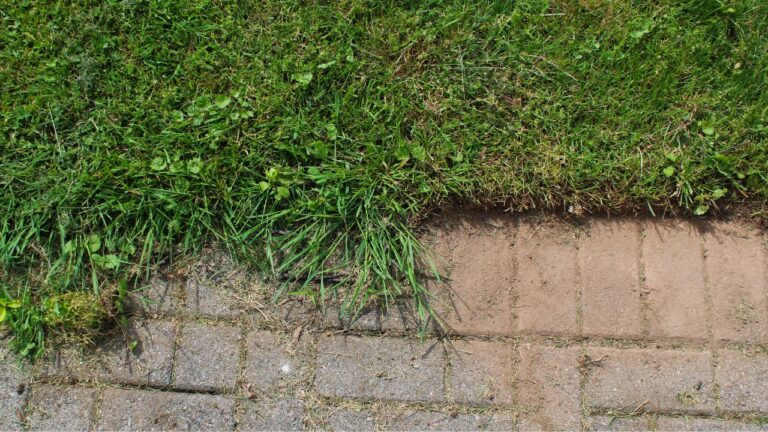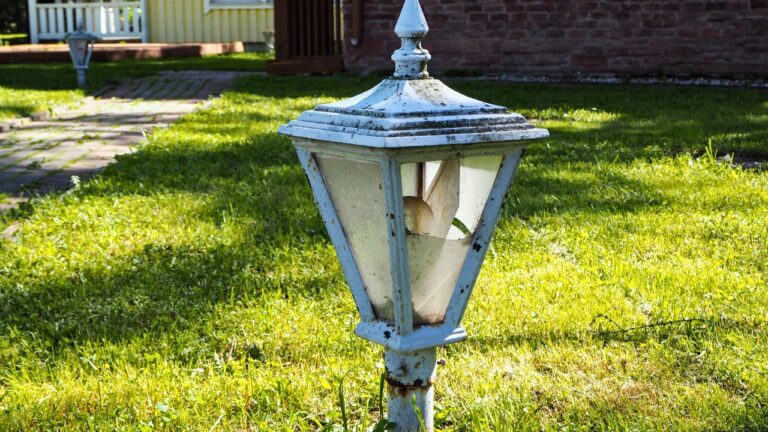10 Popular Trees That Destroy Sidewalks and Foundations
Trees can add beauty, shade, and value to your yard—but not all of them are a good fit near structures. Some popular varieties have aggressive root systems that go looking for moisture and space, which often leads them straight to foundations, sidewalks, and sewer lines.
Homeowners love the quick growth or look of these trees at first, but the long-term damage can be serious. Before you plant something near your driveway, patio, or home, make sure you’re not setting yourself up for cracked concrete and costly repairs.
Silver Maple

Silver maples grow fast, which is why they’re often planted for quick shade. But their roots are shallow, aggressive, and constantly on the move. They’ll lift sidewalks, crack driveways, and head straight for water lines.
Even worse, they drop tons of leaves and weak branches, especially during storms. A lot of homeowners who planted them for fast cover end up wishing they’d gone with something slower but safer.
Willow Trees
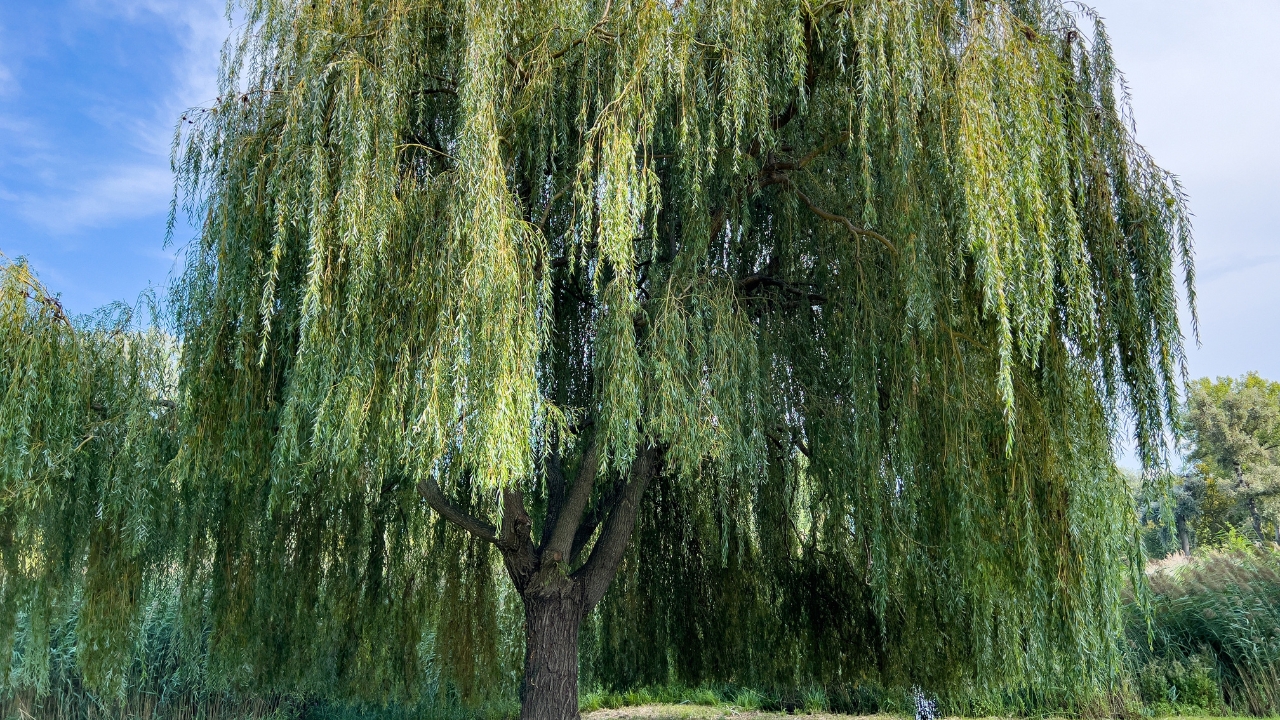
Willows soak up water like sponges, and their roots will travel far to find it. That’s bad news for septic systems, sewer lines, and even nearby house foundations if they’re planted too close.
They also grow fast and wide, which makes them hard to manage in a smaller yard. Willows look graceful, but their roots are anything but gentle—and once the damage starts, removal can be expensive.
American Elm
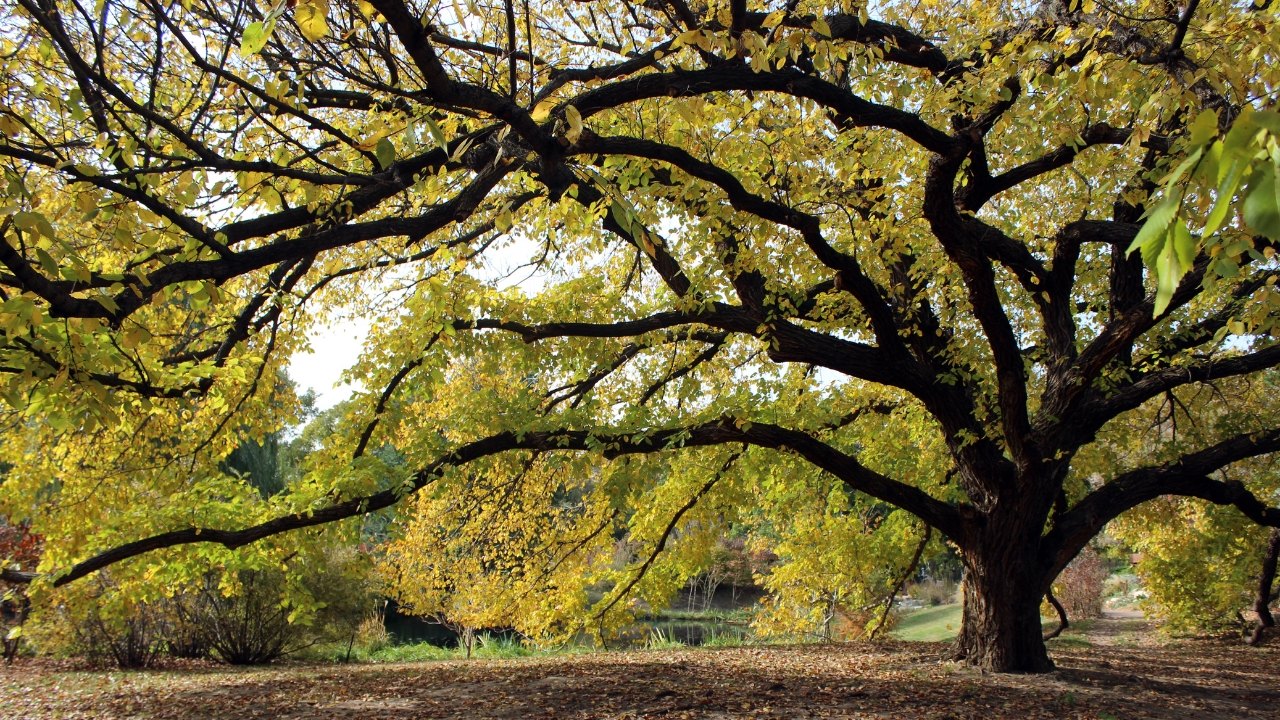
While disease-resistant elm varieties have made a comeback, their root systems are still known for being aggressive. They grow wide and shallow, often lifting sidewalks and cracking pavement without much warning.
Elms need space—lots of it. In tight urban or suburban lots, they’re more likely to cause problems than benefits. If you want an elm, it’s best planted well away from driveways and structures.
Bradford Pear
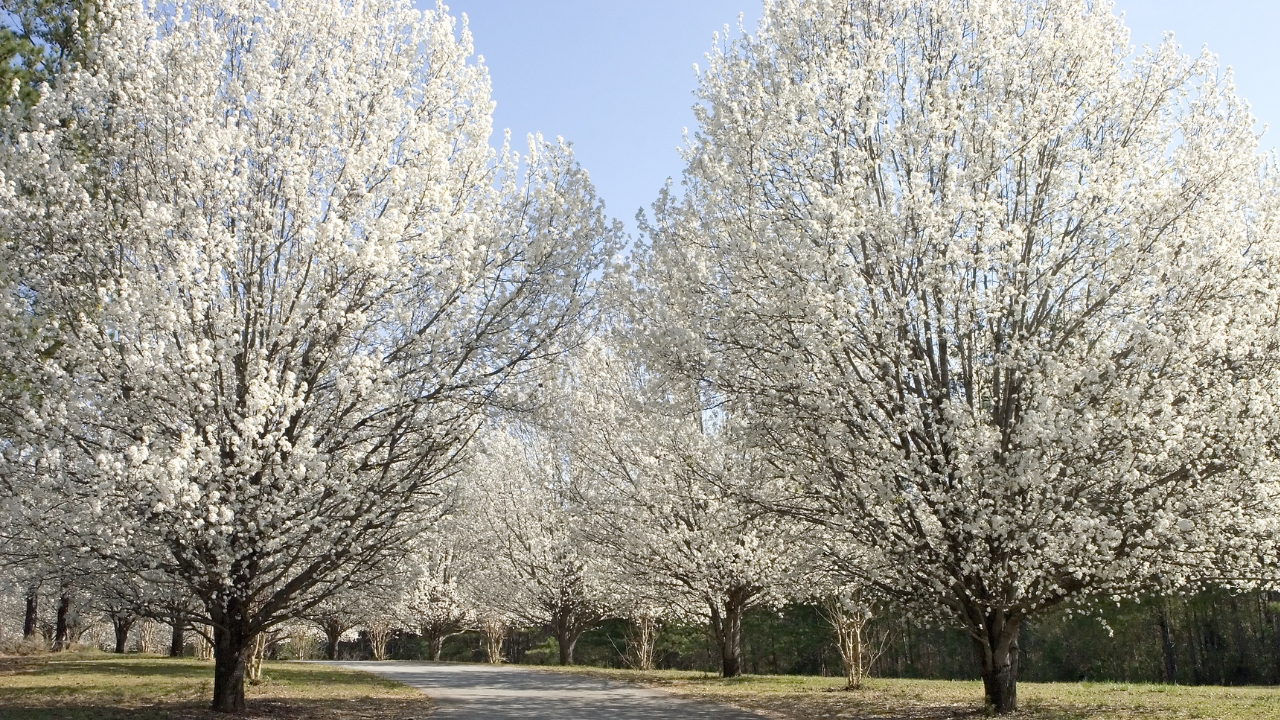
Bradford pears are everywhere because of their shape and spring flowers, but their roots are shallow and strong. They’re known for pushing up sidewalks and driveways, especially as they age and the root flare expands.
They’re also notorious for weak branching, which leads to splitting during storms. Between the structural issues and root problems, more cities are phasing them out—and many homeowners are too.
Sweetgum
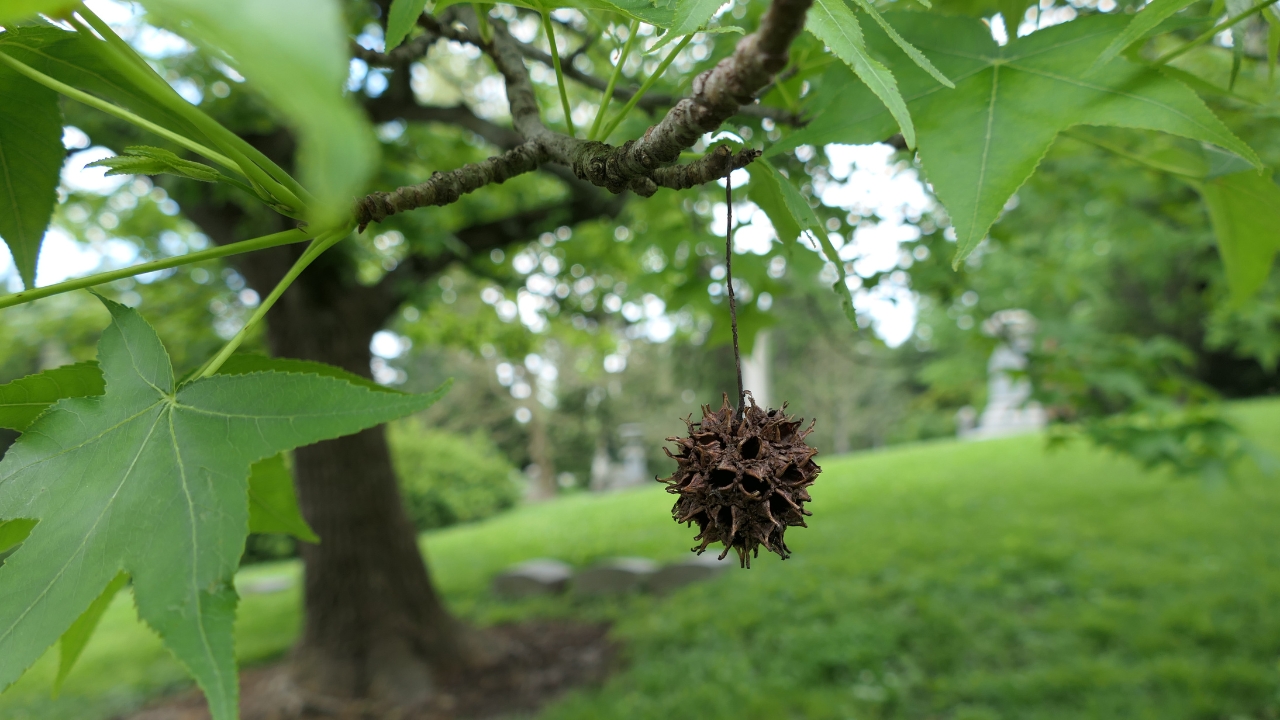
Sweetgum trees are known for their star-shaped leaves and those spiky seed balls—but their roots are just as much of a problem. They spread wide and shallow, which leads to cracks in pavement and trouble with foundations.
They’re also messy. The seed pods are hard to walk on, and the tree itself doesn’t tolerate heavy pruning well. It’s one of those trees that looks good from a distance but becomes a burden up close.
Sycamore

Sycamores are big, fast-growing, and tough—but they don’t play nice with concrete. Their roots are massive and strong, often causing sidewalks to buckle and patios to shift.
They also shed bark, leaves, and seed balls all season long. Homeowners often underestimate how much mess and damage these trees can bring when planted close to high-traffic areas.
Mulberry
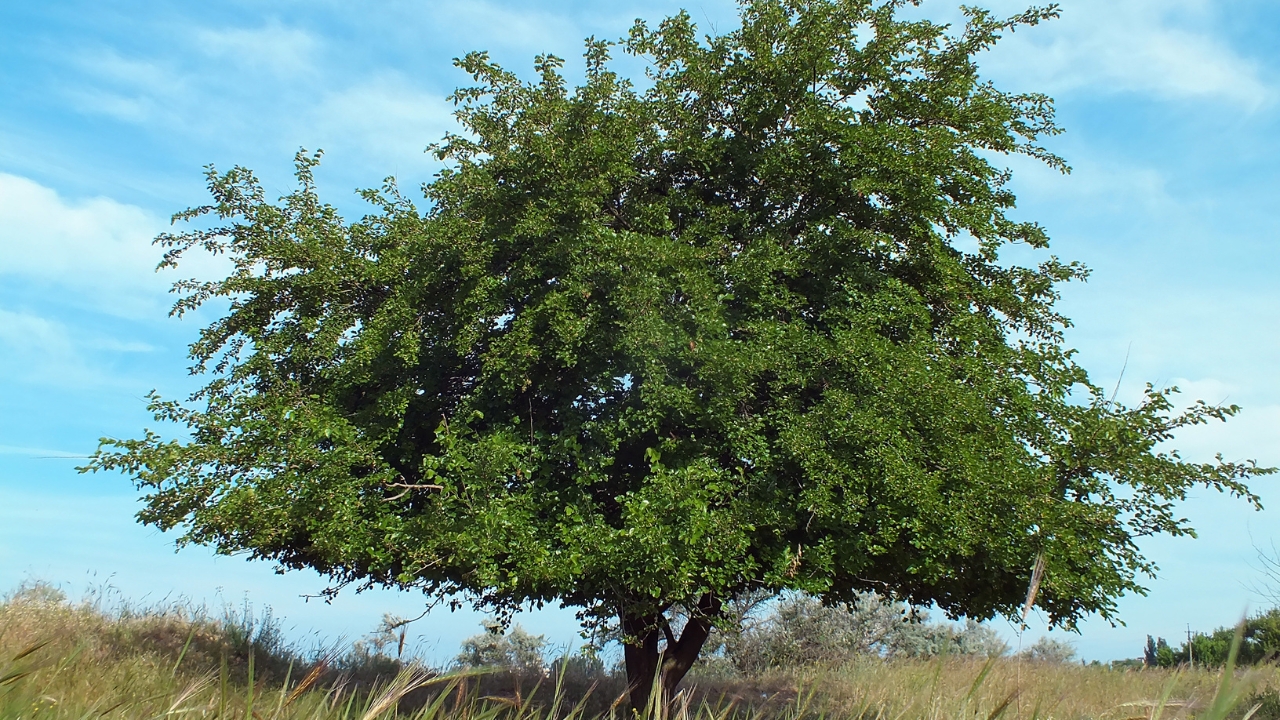
Mulberries grow fast and offer a lot of shade, but their root systems are a major issue. They’re shallow and wide-spreading, often cracking pavement and invading nearby garden beds or retaining walls.
They also produce tons of fruit that stains driveways and walkways—and attracts pests. Most folks end up regretting them once they see the cleanup and repair bills pile up.
Poplar Trees

Poplars are popular because they grow tall in a hurry. But that rapid growth comes with an aggressive root system that can stretch out over 100 feet, often targeting pipes, driveways, and foundations.
They’re also short-lived for a tree, which means you’re dealing with root damage and a declining tree in the same decade. Unless you have a large, open property, poplars are more trouble than they’re worth.
Cottonwood

Cottonwoods thrive in wet soil, which makes their roots constantly seek out moisture underground. That can lead them right into cracks in foundations or drainage lines.
They’re also one of the messiest trees around, dropping fluffy seed material that clogs gutters and covers yards. Between the mess and the root pressure, they’re a high-risk pick for most homeowners.
Black Locust
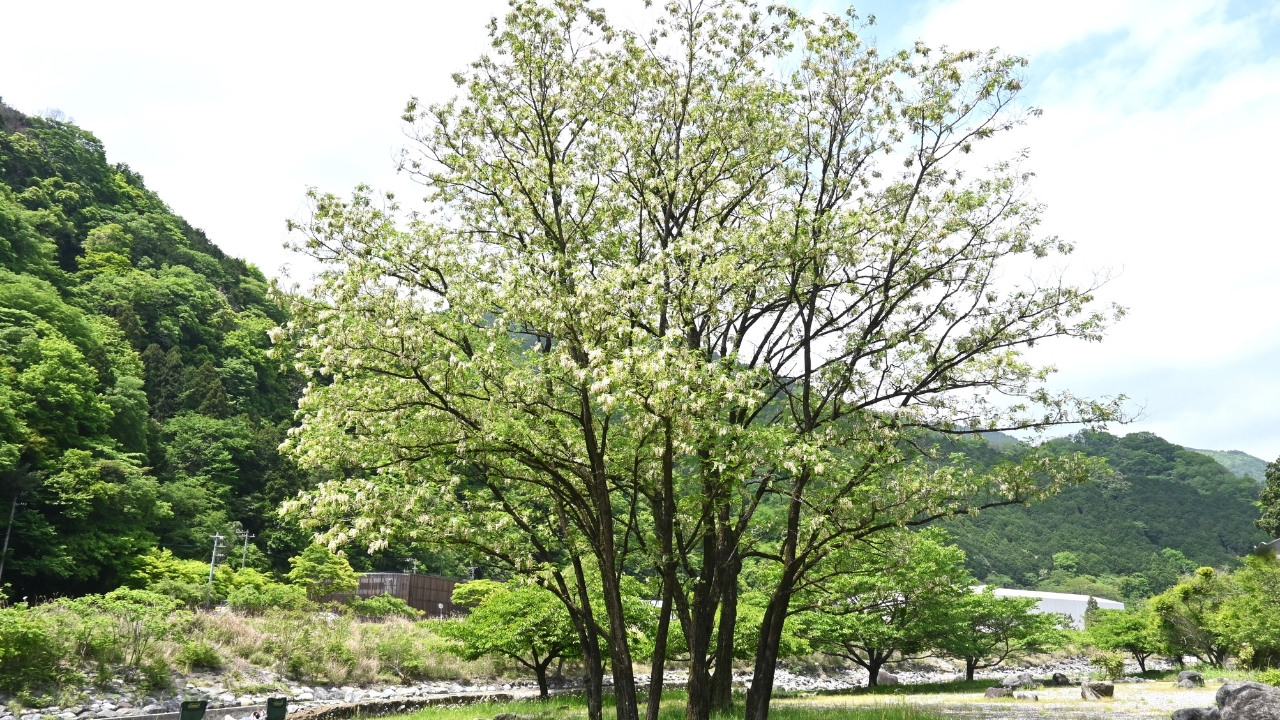
Black locusts are tough and drought-resistant, but their root systems are known for sending up suckers and lifting concrete. They’ll crack patios, sidewalks, and anything else in their way as they spread.
They also tend to self-seed aggressively, so you can end up with more trees than you bargained for. Once they’re established, removing them completely can be a major project.
*This article was developed with AI-powered tools and has been carefully reviewed by our editors.


